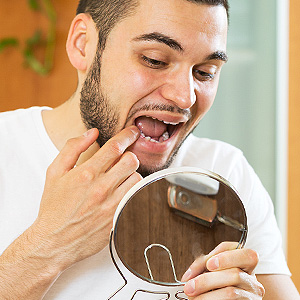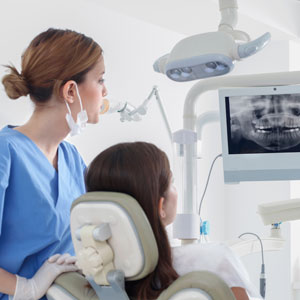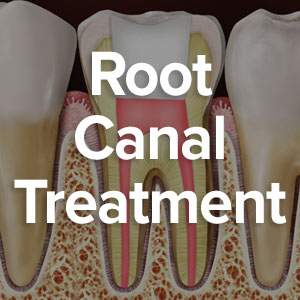
If you’ve noticed one of your teeth feeling loose, you’re right to believe it’s not a good thing. Loose permanent teeth are a sign of an underlying problem.
Periodontal (gum) disease is usually the culprit. Caused by bacterial plaque, a thin film of food particles, gum disease causes the tissues that support teeth to weaken and detach. While a tooth can become loose from too much biting force (primary occlusal trauma), it’s more likely bone loss from gum disease has caused so much damage that even the forces from normal biting can trigger looseness.
A loose tooth must be treated or you may lose it altogether. If it’s from gum disease, your treatment will have two phases.
In the first phase we need to stop the gum infection by removing plaque and calculus (hardened plaque deposits). Hand instruments known as scalers or ultrasonic equipment are usually sufficient for removing plaque and calculus around or just below the gum line. If the plaque extends deeper near or around the roots, we may need to consider surgical techniques to access these deeper deposits.
Once the infection is under control and the tissues have healed, we can then undertake the second phase: reducing biting forces by breaking clenching and grinding habits, doing a bite adjustment for advanced problems and securing loose teeth with splinting.
Although there are different types of splinting — both temporary and permanent — they all link loose teeth to adjacent secure teeth much like pickets in a fence. One way is to bond dental material to the outer enamel of all the teeth involved; a more permanent technique is to cut a small channel extending across all the teeth and bond a rigid metal splint within it.
To reduce biting forces on loose teeth, we might recommend wearing a bite guard to keep the teeth from generating excessive biting forces with each other. We may also recommend orthodontics to create a better bite or reshape the teeth’s biting surfaces by grinding away small selected portions of tooth material so they generate less force.
Using the right combination of methods we can repair loose teeth and make them more secure. But time is of the essence: the sooner we begin treatment for a loose tooth, the better the outcome.
If you would like more information on treating loose teeth, please contact us or schedule an appointment for a consultation. You can also learn more about this topic by reading the Dear Doctor magazine article “Treatment for Loose Teeth.”



